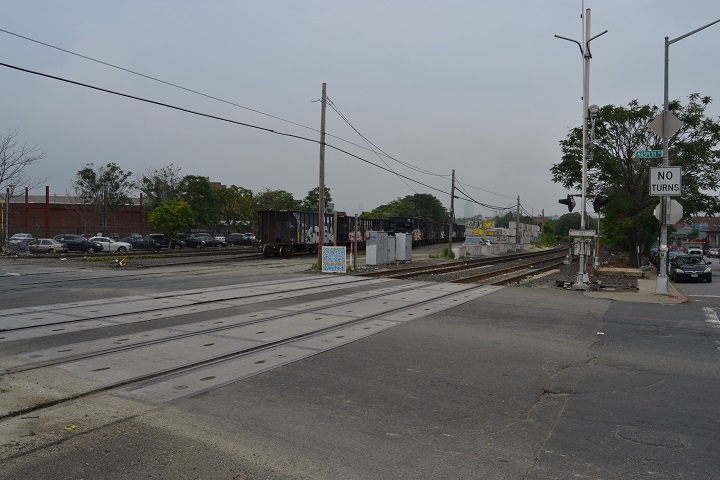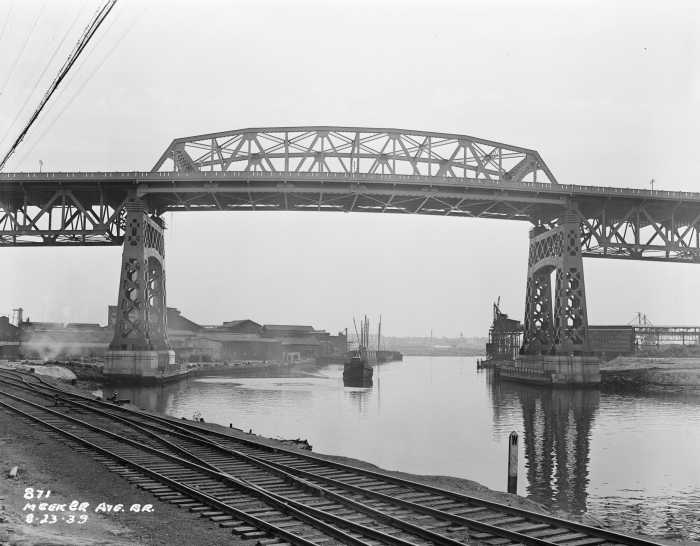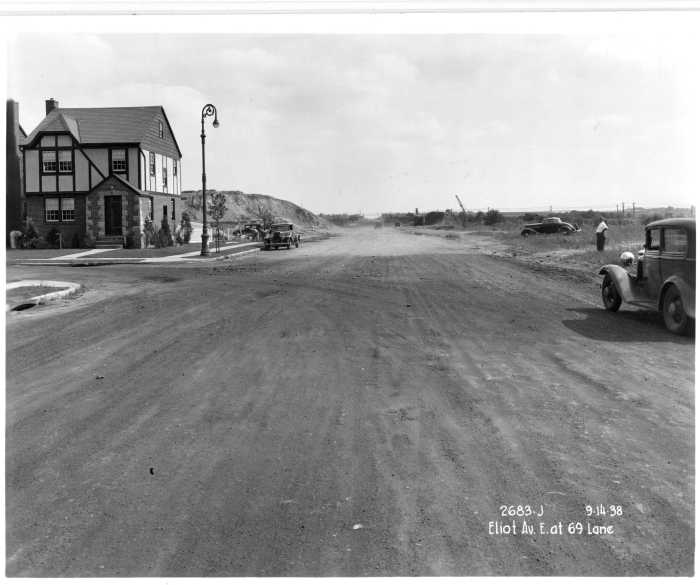We want safety improvements, and we want them now!
That’s the demand local elected officials are making to the Federal Railroad Administration (FRA) after the agency released its findings from the safety review of New York and Atlantic Railway (NYA) in response to the July 2015 collision at Maspeth Avenue in which a locomotive struck a tractor-trailer at a railroad crossing.
The FRA’s investigation found that NYA allowed the engineer and conductor of the train involved last year’s fiery crash to operate the vehicle without the proper training and certification, among other safety and logistical concerns. The engineer, as it happened, fled the scene following the crash and hasn’t been seen since.
In conjunction with the study, FRA recommend that DOT install advanced warning signs, traffic lights, pavement markings, stop bars and more at several grade crossings along the Lower Montauk line. The agency further recommended that NYA pave roads near the tracks; install stop boards, warning lights and additional signage; and clean up vegetation at several of the grade crossings along the line.
In response to the findings, Congresswoman Grace Meng has written to both NYC Department of Transportation (DOT) Commissioner Polly Trottenberg and NYA President Paul Victor, requesting that both agencies implement the recommended changes as quickly as possible.
“Dangerous safety conditions remain at area grade crossings, and every day that lingers without these critical improvements is another day where lives are at risk,” Meng said. “The city and NYA must act before another crash occurs. The safety of drivers, local residents and train personnel cannot continue to be jeopardized.”
State Senator Joseph Addabbo jumped on board and urged NYA follow through on the recommendations before another crash occurs.
“NYA has failed to hire certified, trained conductors and engineers, putting their employees and the public in harm’s way,” Addabbo said. “It is crucial that New York & Atlantic listen to the recommendations not only of the community in which it operates, but also of elected officials and government agencies that have put forth multiple suggestions on how to improve safety before another tragic accident occurs. New York & Atlantic owes it to those around them to cooperate with the community before it is too late.”
According to Thomas A. Leopold, chief safety and compliance officer with NYA, the company has already begun implementing changes by trimming vegetation, paving grade crossings, and installing additional signage and stop boards.
But one local civic group is skeptical and has called on the Long Island Rail Road (LIRR) — which owns the tracks on which NYA operates — to deny NYA’s request for a new 10-year contract, and that a new MTA freight operating plan is needed.
“Anacostia Rail Holdings’ New York & Atlantic Railway operated freight trains with unlicensed crew and want a 10-year renewal of their state contract to run a public railroad? It’s time for a new MTA freight operating plan,” said Mary Parisen, co-chair of Civics United for Railroad Environmental Solutions (CURES). “NYA’s crash in Maspeth on July [8] was a wake-up call. Their accident record is terrible. The report shows that this closely held private company recklessly cut corners at the expense of public safety. How many more warnings does the state need?”



































